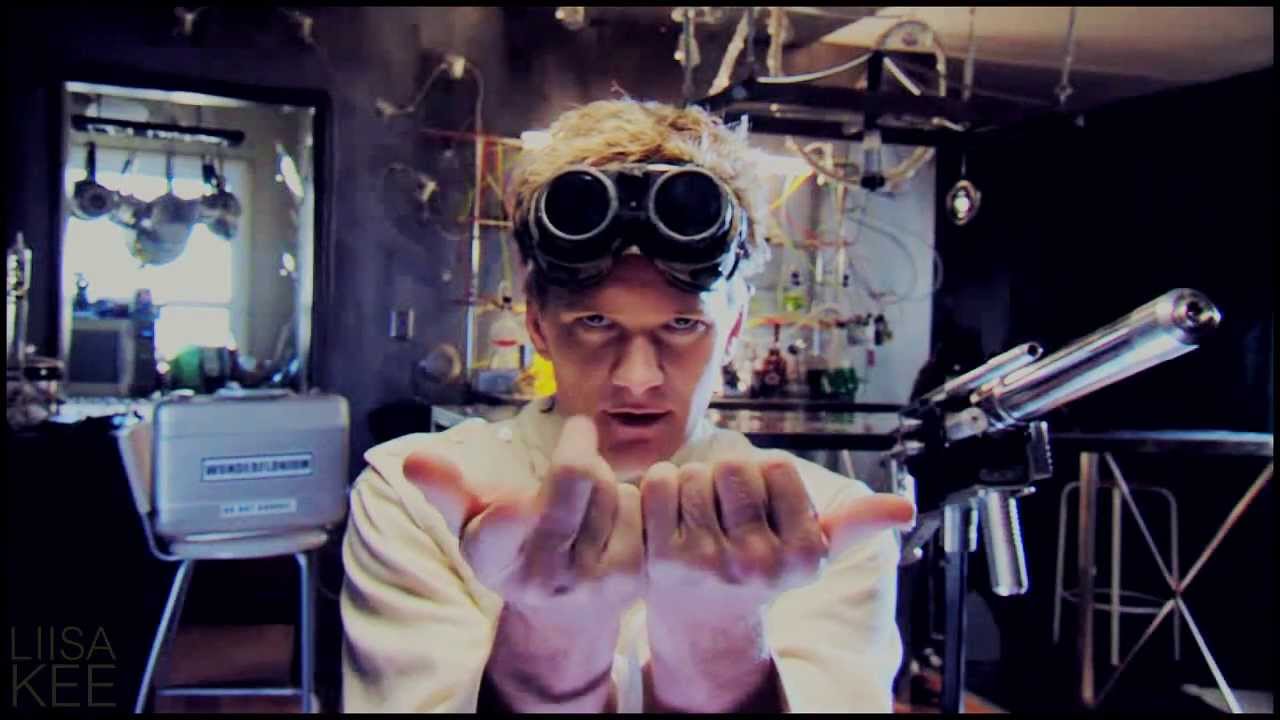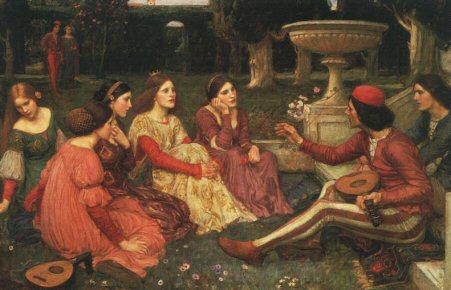 An interesting phenomenon turned up during the recent release of Rogue One, the darker, more tragic addition to the Star Wars films. Despite having a completely new cast to market and work from, many of the ads focused on a single appearance: Darth Vader. Now, Vader isn’t in this movie very long and his presence only affects the plot in marginal ways, yet all anyone could talk about was the incredible last scene where Vader completely massacres a group of rebels just to get the Death Star plans. Will I complain as a Star Wars fan? Never. I got to see Darth friggin’ Vader on the big screen for the first time. Not Anakin, not the underwhelming cameo in Revenge of The Sith. Actual, awesome, terrifying Darth Vader that struck fear into hearts back in the 70’s. Behind every great hero is an even better villain. Something fun and dark lurks in a well-written antagonist, and while we aren’t rooting for them, we relish having them to act as a moral counterpoint. Their popularity has since led to a growing trend of villain-lead stories; comics and stories centered around Darth Vader, or Loki from The Avengers, or The Joker from Batman. Anime and manga haven’t shied from this either, giving the world Kira of Death Note and Lelouch v Britanna of Code Geass. Villains suddenly act as their own protagonist, and deal with their own antagonists. The villain lead has taken on a new importance, whether it be in origin stories as with Fairest and Heartless by Marissa Meyer (books that focus on The Queen of Hearts and Levena, Meyer’s science fiction reincarnation of Snow White’s Evil Queen). Or with outright antagonistic protagonists, as with the popular Six of Crows books by Leigh Bardugo. Characters who aren’t always saved, nor do they want to be. Leads capable of crime and debauchery all the way to end. Of course, we can point fingers at the Hot Topic-esque marketing monstrosity that is Suicide Squad for leading the recent march, but villainous protagonists have existed for much longer. Macbeth is an outright murderer, driven by his own ache of power and paranoia. Dorian Gray uses, abuses, and kills to protect his cursed secret. Humbert Humbert justifies lust and control to satisfy his own meek existence. All the main voices of their story, opening their minds to the audience and sharing in their worlds. Now, not all leads are created equal. While a Harley Quinn can be charmingly chaotic, main characters for novels like Lolita and A Clockwork Orange are unquestionably perverse and wicked. Monsters that edge passed a moral horizon and beyond what much of the audience is comfortable with. Are these, the truly diabolical, meant for antagonistic roles alone? When putting the more controversial leads into perspective, it’s important to remember that we are all the protagonist in our own mind. We are all heroes, even when our choices are not so heroic and not so brave. The truly evil, in real life, are not those aware they are committing wrongdoing, but those who justify their own wrongdoing as something right or morally just (this is a sound tip for writing villains, by the way. I stand by this rule for my antagonists). Does that make these characters purely irredeemable? Not always. Even true villains like Darth Vader technically earn a chance to do the right thing, and many other more villainous leads get a chance at the same redemption. But all the same, does every not-so-good protagonist need redemption to be likable? Can a villain not simply do what villains do best? The best example lies in a widely popular story, that almost wasn’t the same story. In the original final chapter of A Clockwork Orange, Alex realizes the error of his violent ways and changes himself, which sounds pleasant enough. Yet when the novel was released in the US and adapted, editors and filmmakers saw fit to remove the last chapter, effectively voiding Alex’s recovery and leaving him as a vicious psychopath. While the author himself never cared for this new ending, many readers and viewers agreed that Alex’s change would have defeated the point of the story. The very real, raw idea that sometimes, no matter what happens, people are purely content to be monsters. So, perhaps some villains are just villains, and they are best written that way. And perhaps we, as readers, enjoy exploring the more complex layers of these characters. Often darkness makes for the best stories.
0 Comments
 I was seven when I first knew I wanted to tell stories. Seven, small, and a very eager Girl Scout on a trip to the Children’s World Fair in New Orleans. This is a large cultural festival hosted by the local children’s museum, and it features several countries every year, complete with food and elaborate décor. I held up my entire troop in the India room one year, when they hosted a storyteller (this was the coolest job in the world to me; why I do this now). I found out she exclusively told Indian fairytales, which surprised my seven-year-old self, since they too had a Cinderella and Rapunzel; never quite the same as the English (or Disney) versions, but similar enough to recognize. I went home to search Google, and found out that there were a lot of Cinderella and Rapunzel stories in the world. Little me suddenly understood something that has remained as cornerstone of fiction: shared ideas. Storytellers are a little like The Borrowers, of the famous Mary Norton novels. “Borrowers borrow,” and writers are much the same. Small and busy, we gather pieces in the shadows of our legendary forbearers and cobble together something of our own. A touch of folklore here, a dash of an archetype there. Never the bits that people will miss; iconic characters, threads of plot, or paragraphs of writing. That would be stealing, wouldn’t it? Or would it? If you found yourself in a bookstore or movie theatre in the last decade, you probably noticed a boom in the retelling. Not adaptations of an original novel, but sequels, spin-offs, or alternate universes for the novel by other, newer authors. Lewis Carroll’s famous Alice in Wonderland novels have been subject to so many re-imagined variations that it’s become trite. There’s Tim Burton’s movies, American McGee’s Alice horror game series, The Looking Glass Wars, Once Upon a Time, Alice in Zombieland, Alice in The Country of Hearts, Pandora Hearts… (including the full-ish list of Alice-based works here, because jeez- it’s long). This seems odd, since Alice’s Adventures in Wonderland is a novel. It’s not some anonymous piece of folklore passed from a culture; it’s Carroll’s words and creations. It could be argued that Carroll borrowed from his culture first (and he does), but now it seems that the storyteller becomes as much a part of the borrowed works as the work he originally borrowed from. Carroll isn’t alone in these ranks. Jane Austen, Frank L. Baum, Mary Shelley, J.M. Barrie, Sir Arthur Conan Doyle- to name a few! Their works not only inspired people to share their works, but retell them in new novels, movies, and TV series. Inventive projects like Showtime’s Penny Dreadful even go far as putting different characters from these books in the same world, often with dangerous, entertaining, and scandalous results. But the question remains, is this trend a good one? At first glance, these books, movies, and shows appear little more than legal fan fiction for classic works. Literary mincemeat, re-churning of ideas and tropes, slopped onto a plate of familiar characters and popular stories. There’s a huge outcry for “original content” on the internet after all these recent retellings. “Where are all the new stories? Why can’t writers stop being hacks and write something of their own?” The masses are a little tired seeing new reincarnations of Alice and Elizabeth Bennet, it seems. But let’s wrap back around to fan fiction for a moment, because fanfics are still a hugely popular kind of writing and their entire basis is borrowing. And not just from YA novels and Star Wars, but from sources like fairytales, Greek mythology, and even the Bible. Say what you might about fanfics, but the idea behind good fan fiction is that a story can build upon the source material while respecting canon, or a story that brings something new to the table without losing the heart of the original (being “too OOC” as we say). Let’s hop further back now, to works like the collected adventures of Robin Hood and the many plays of William Shakespeare. To King Arthur and his legends. To mythology from the Greeks and Celts. These stories did not exist in a bubble, but drew their strength from older stories and myths. They carry in them ancient bones, placed long before we knew to write our stories down. We, in turn, borrow from these works without much thought at all. The authors of classics simply followed in the footsteps of more faceless storytellers. So, where do these retellings stand in the place of literary history? Is it always disrespectful to draw new life from books like Pride & Prejudice or Phantom of The Opera, or are writers simply carrying on old traditions? Are an author’s works truly sacred, or do we all simply join the ranks of other storytellers by creating a new layer of cultural lore? Are Alice and Elizabeth untouchable, or are they no different from Persephone and Athena? Archetypes for a new age. Time will tell which of these stories remain important in the long term, but until then, we are free as Borrowers to continue our respectful borrowing. We will continue to cobble, create, and reinvent, paying tribute to stories and characters while passing them into the hands of new readers. (Can also be read on Academia, my side-blog project with Dr. Joshua Grasso). |
About MeCaitlin Jones is an author, film editor, and lover of all things Victorian and fantastic. Please check in for information on her upcoming series. Archives
August 2020
|
 RSS Feed
RSS Feed
